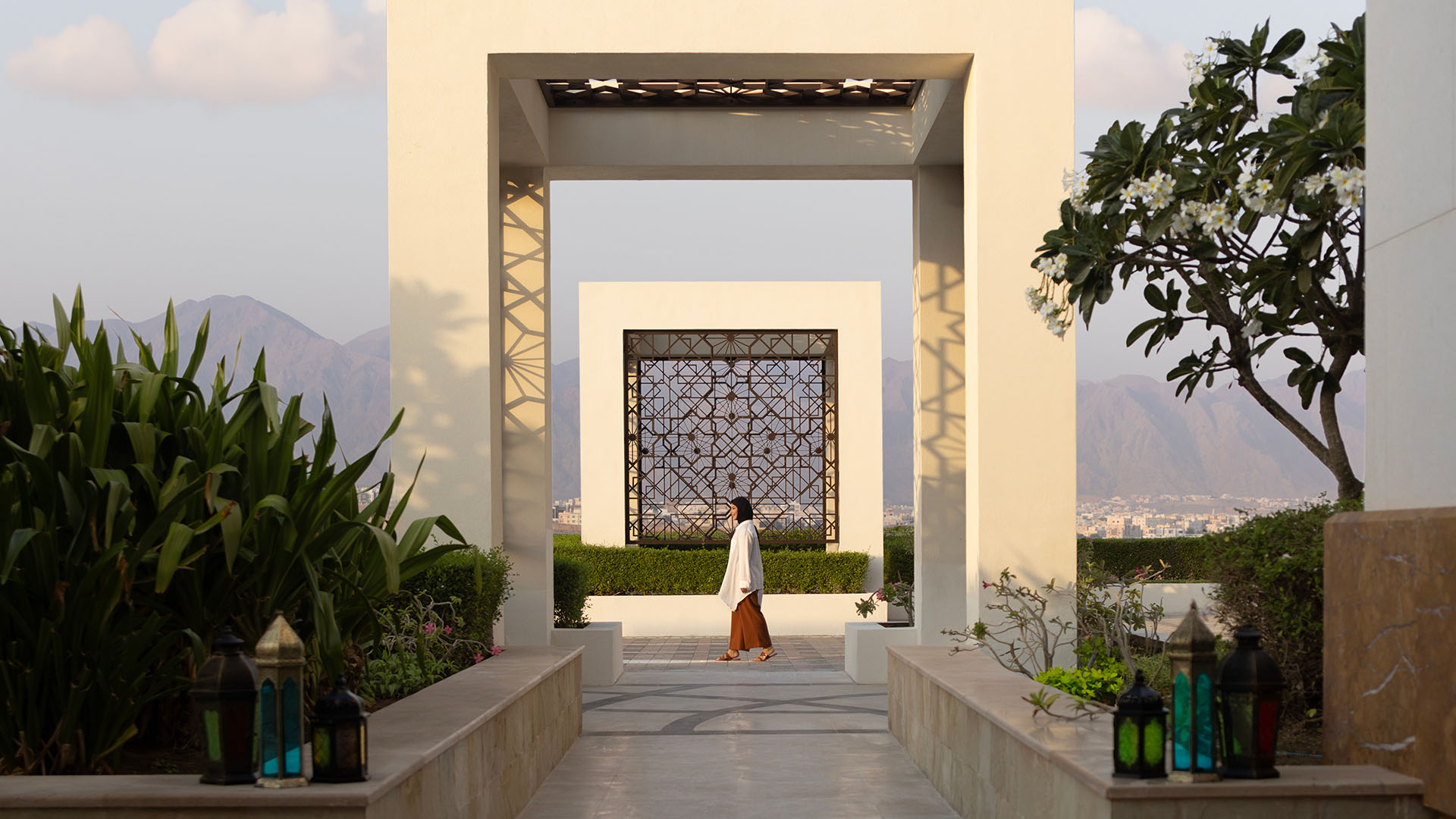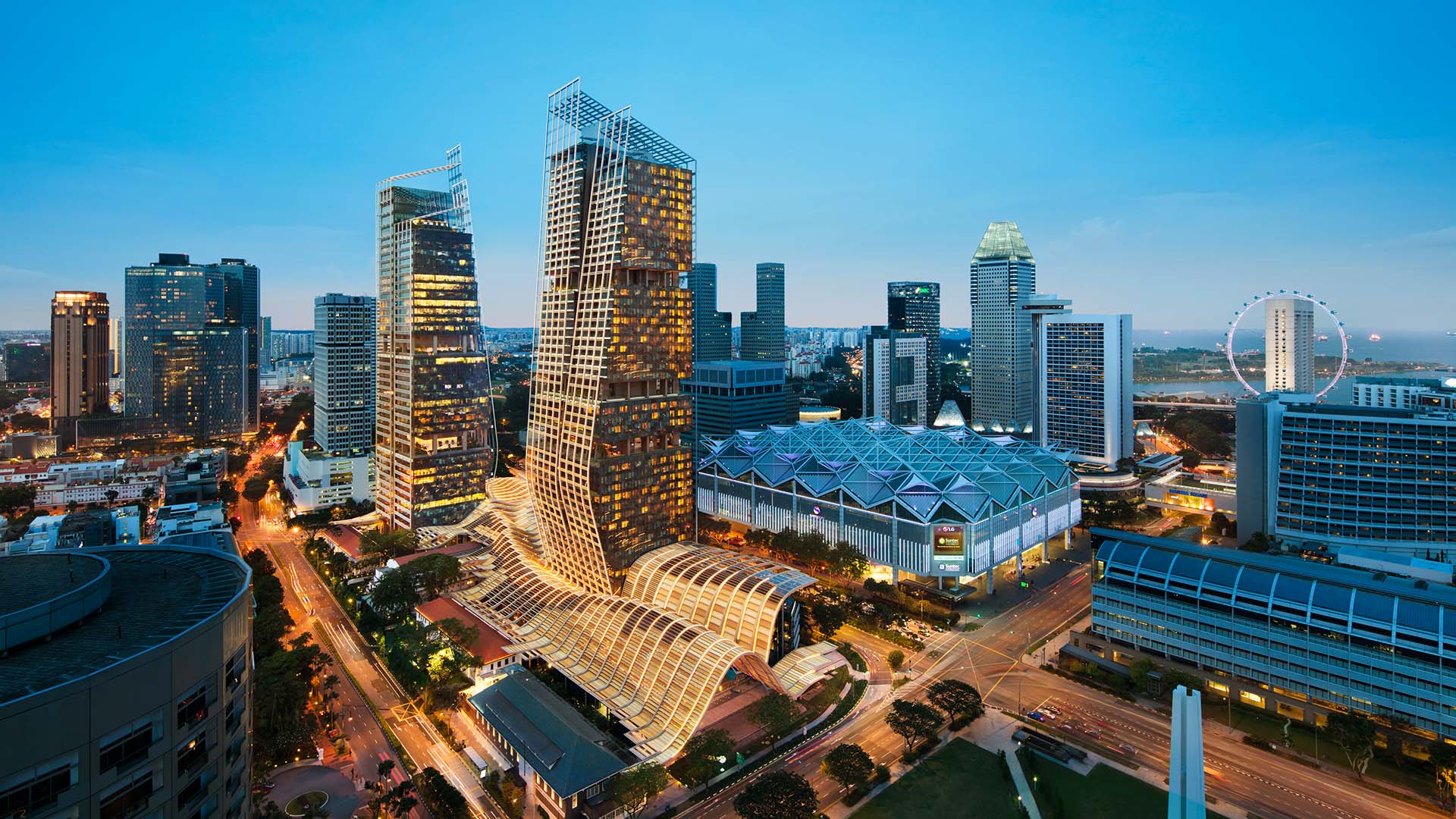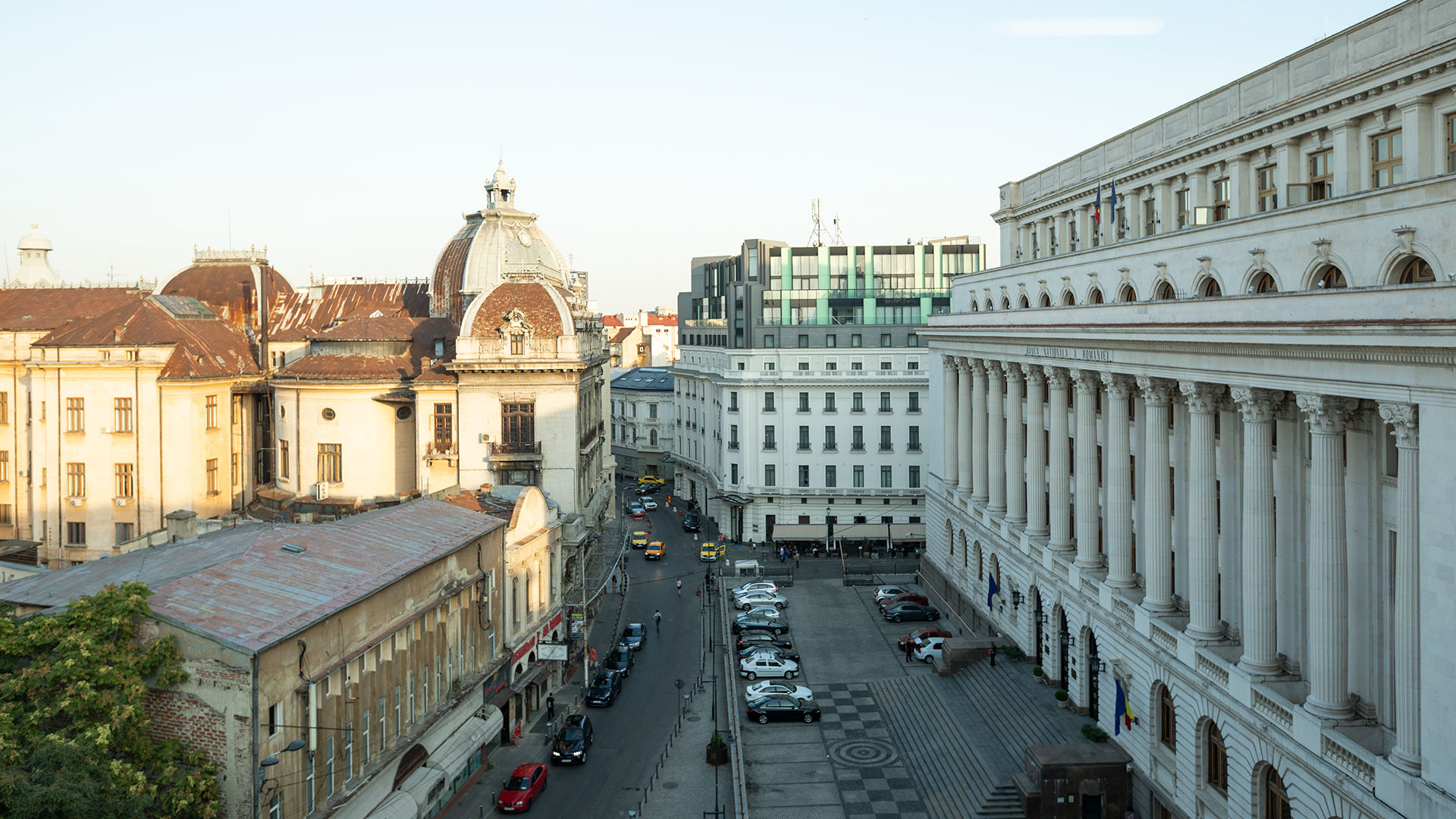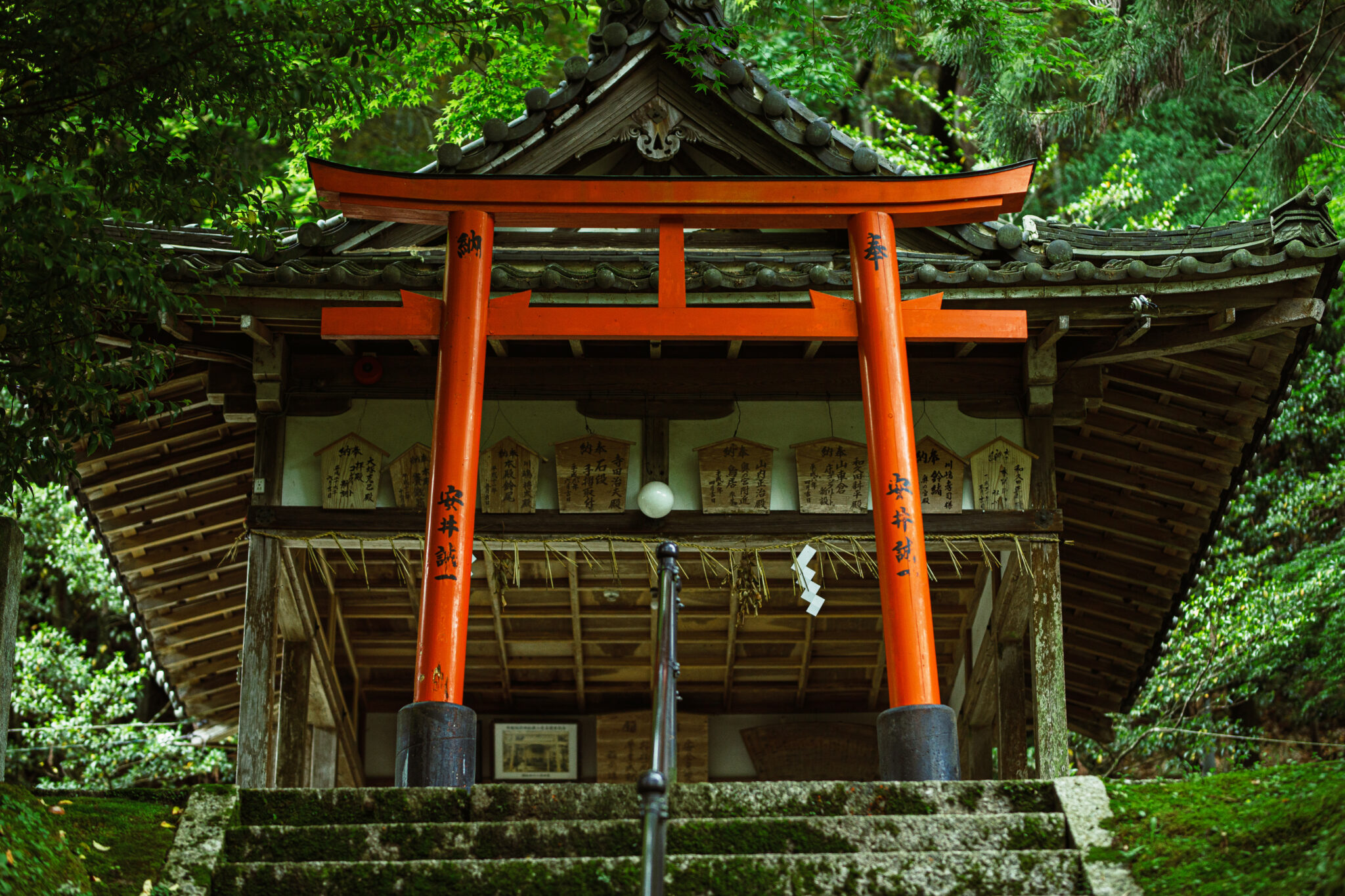
As Japan’s cultural capital, Kyoto is home to many historic shrines. (Photo: Marriott International)
Weekend Getaways3 Days in Kyoto: Where to Go and What to Eat in Japan’s Cultural Capital
By Joshua HauvilleKyoto’s historical significance is evident from the minute you step foot in this former Japanese capital. It served as Japan’s capital for more than a thousand years, from 794 to 1868, and its long history still leaves a mark on the city today. Kyoto is home to 17 UNESCO World Heritage Sites, including the renowned Kinkaku-ji (Golden Pavilion).
In a fascinating fusion of ancient tradition and tech-savvy modernity, Kyoto has as many Zen gardens and traditional wooden machiya houses as it does poppy vending machines and singing toilets.
Kyoto is also at the doorstep of some of Japan’s most serene natural wonders. The bamboo forests on the outskirts of the city provide a delightful reprieve as you are whisked away into a verdant wonderland.
Here’s how to make the most of your time during a three-day trip to this imperial city. As always, check for travel guidelines and closures before planning your trip.
Friday: Heritage and History
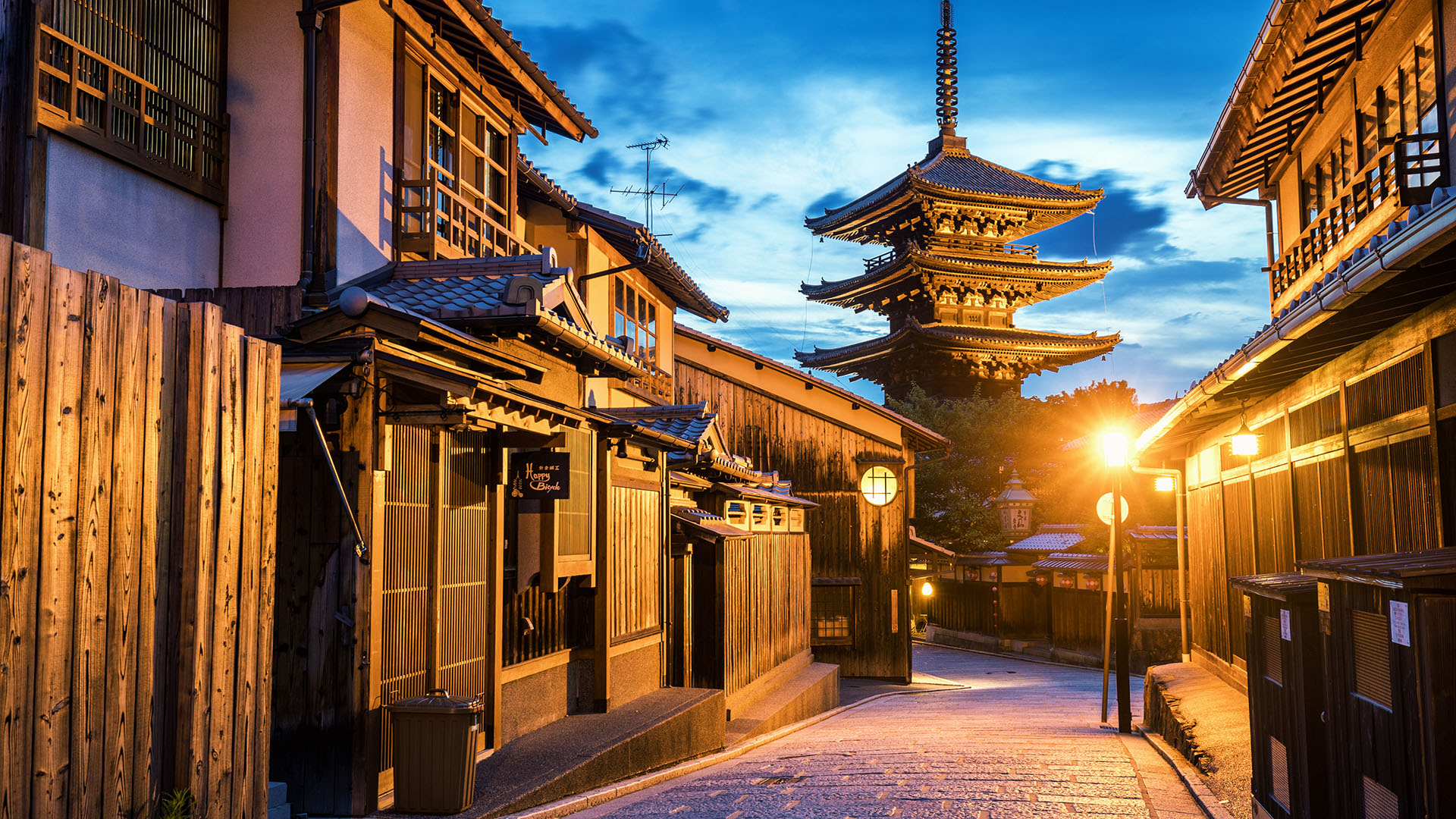
Instead of the usual coffee, kick-start your day with a morning cup of matcha (powdered green tea) at Shimizu-Ippoen Kyoto Main Branch, which carries a range of creative matcha drinks and desserts. Then, head to the Kyoto National Museum to brush up on the history of the wonderful city you are about to spend three days exploring.
For lunch, hit Nishiki Market for a deep dive into the textures, flavors and scents of Japan’s rich culinary traditions. This 400-year-old market is packed full of delicious options that are sure to leave you with a case of decision paralysis. Offering everything from oyster bars and izakayas (small Japanese eateries that serve snacks with alcohol) to grilled eel specialists and tea houses, Nishiki is a true foodie’s paradise.
Next stop on the tourist agenda is Nijo Castle — a must-see location in Kyoto’s lineup of historical wonders. Step back in time with this UNESCO World Heritage Site, which boasts magnificent architecture, splendid gardens and centuries of stories painted onto its walls. Exploring the Nijo Castle grounds means following in the footsteps of former shoguns (Japanese commanders) and emperors.
For some well-deserved dinner, pop over to one of the many nearby restaurants, like Seike Nijojo to enjoy yuba zukushi (an authentic Kyoto tofu skin dish), Kikyo Sushi or another funky restaurant of your choice.
After dinner, swing by The Garden Bar on your way home for a tasty cocktail set in a garden oasis, right in the city center.
Saturday: Explore Kyoto on Foot
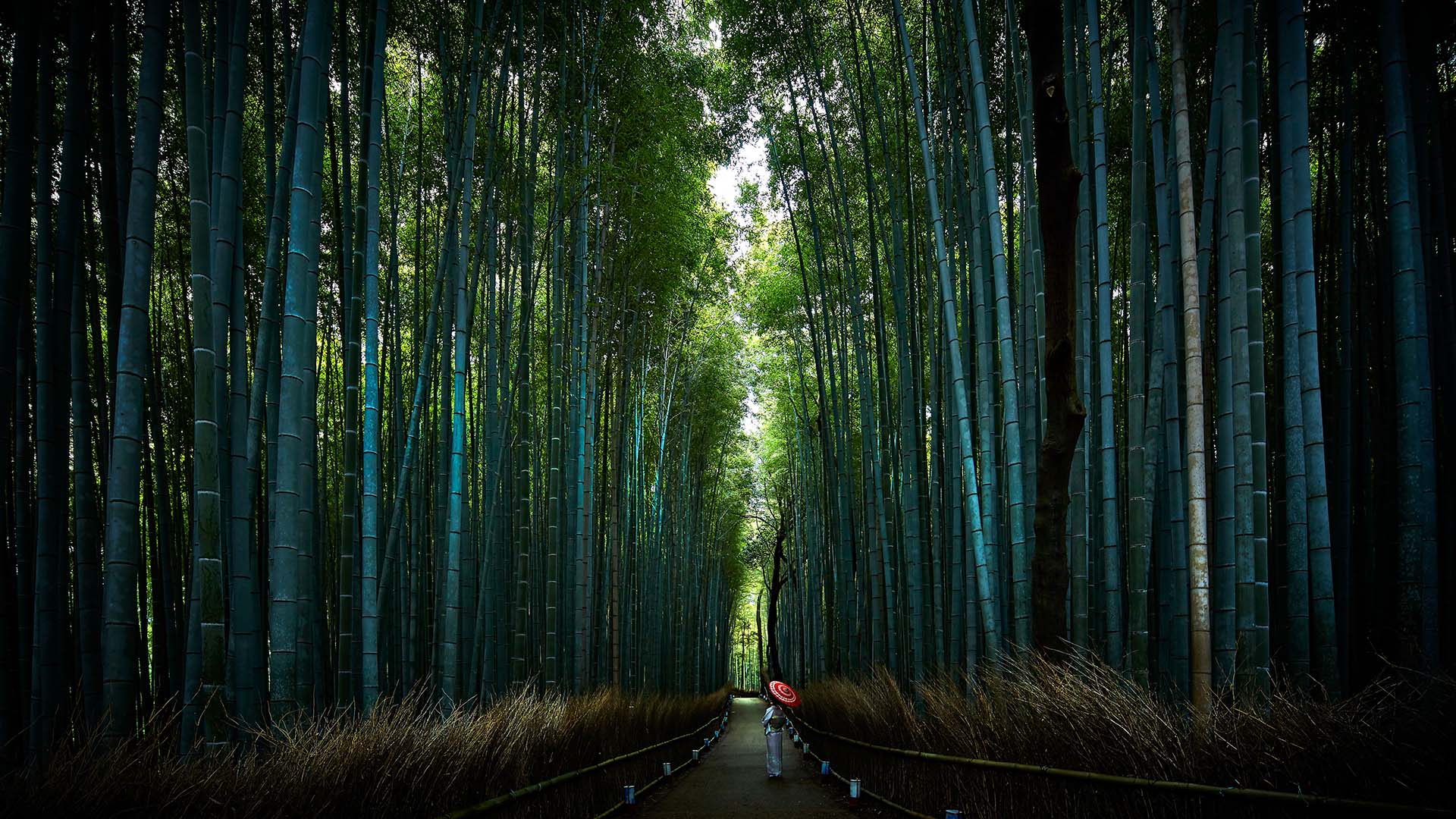
Start the morning exploring the historic Gion district. Stroll through the cobbled streets, which give you a glimpse of old Japan. Keep an eye out for geisha and maiko (apprentice geisha) roaming around the charming wooden machiya houses. If you’re lucky, you may even witness a traditional performance.
Head to the nearby Sannenzaka and Ninenzaka streets, which are lined with traditional shops and teahouses. Shop for souvenirs, sample freshly brewed matcha, and soak up the ambience of old Kyoto, including a stop at Ninen-zaka Marun, the perfect store for eye-catching treats and souvenirs.
Continue your historical journey by visiting Yasaka Shrine. This 7th-century Shinto shrine is known for its striking vermilion gates and lantern-lit paths.
For lunch, savor Kyoto’s famous katsu (breaded and deep-fried pork) curry or try a bowl of udon (thick wheat noodles) or soba (thin buckwheat noodles) at a local eatery like Futaba or Gion Ishi. These dishes offer a taste of comfort food with a touch of Kyoto’s unique flavors.
Then it’s time to hit Kyoto’s city center to explore the various shopping, culinary and historical wonders. Passing over the picturesque Kamo River, you’ll pass through the vibrant shopping and culinary oasis of Kawaramachi. Explore Kawaramachi-dori Street and its surroundings to feast on all the wonderful shopping, dining and entertainment offerings.
End your urban adventure with a culinary delight by trying obanzai (traditional Japanese cuisine native to Kyoto) at Taroya, a traditional ryokan (Japanese inn). This homestyle cooking institution showcases the artistry of Kyoto cuisine. Make a reservation in advance to secure your spot.
For those looking to keep the party going well into the night, check out some of Kyoto’s best bars and clubs, including Bar K-ya for sake-based cocktails and Club Metro for a mix of international DJ sets and touring bands.
Sunday: Venture Out into Nature
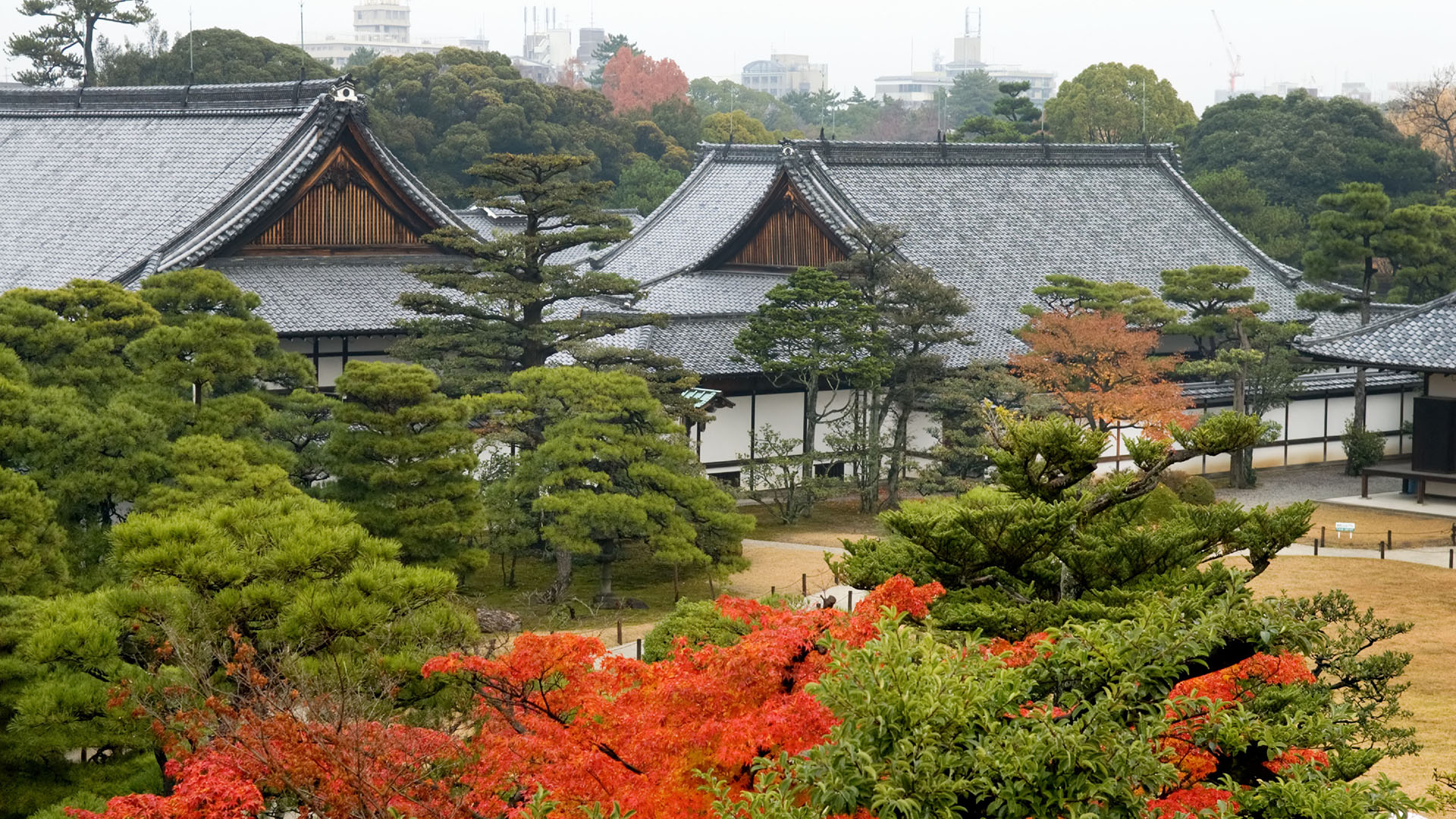
Start your final day in Kyoto with a visit to the ever-iconic Fushimi Inari Taisha, one of the most famous Shinto shrines in Japan. Wander under the shrine’s defining feature, the mesmerizing bright-vermilion torii gates (traditional Japanese gates). Thousands of these wooden structures weave a path through the forested hillside, but be warned, the hike to the summit takes about two hours and can be quite a sweaty ordeal in the warmer months.
After your hike around the shrine, you deserve a well-earned rest for some lunch. The nearby Vermillion Cafe is a cute spot for a hearty meal. Otherwise, Kyoto Shoryu offers up a scrumptious bowl of ramen.
Continue your nature exploration with a visit to the Arashiyama Bamboo Grove in the western part of Kyoto. Walk through the tunnel of towering bamboo stalks, which allows you to sink into a moment of tranquility. The natural oasis serves as the perfect escape from the frenetic city.
Nearby, visit the enchanting Tenryu-ji Temple, another of Kyoto’s many UNESCO World Heritage Sites, boasting lush gardens and historic buildings. If you’re feeling cheeky, the nearby Arashiyama Monkey Park will allow you to see, feed and cuddle some of Japan’s lesser-known primates — the macaques.
For a fun cultural experience, consider taking a rickshaw ride through the scenic Arashiyama district. Your friendly guide will not only pull the rickshaw, but also provide insight into the area’s history and culture.
As the sun begins to set, head to the Sagano Romantic Train for a nostalgic train ride that takes you along the Hozugawa River with stunning views of the surrounding mountains and forests. Though the atmosphere is certainly romantic, this experience is enjoyable for anyone seeking a serene and picturesque journey.
For dinner, try the local Kyoto delicacy, yudofu (hot tofu in stock), at Yudofo Sagano, one of the cozier restaurants in Arashiyama. Afterward, take a leisurely stroll along the Togetsukyo Bridge and enjoy the tranquil beauty of the river at night.
This article was created in partnership with Time Out.





